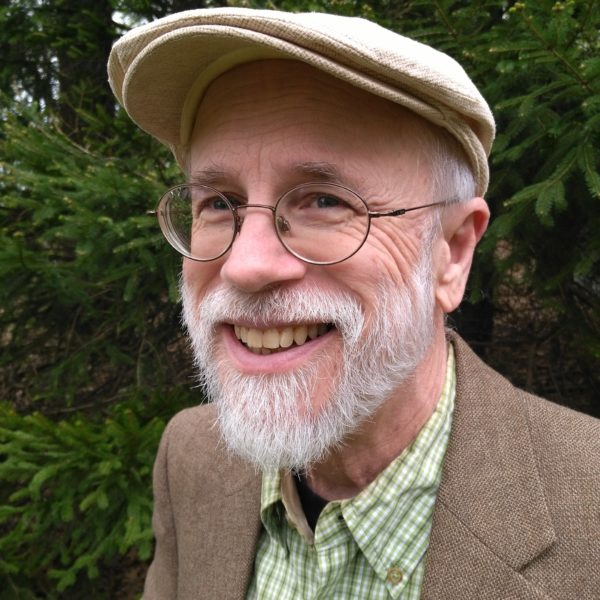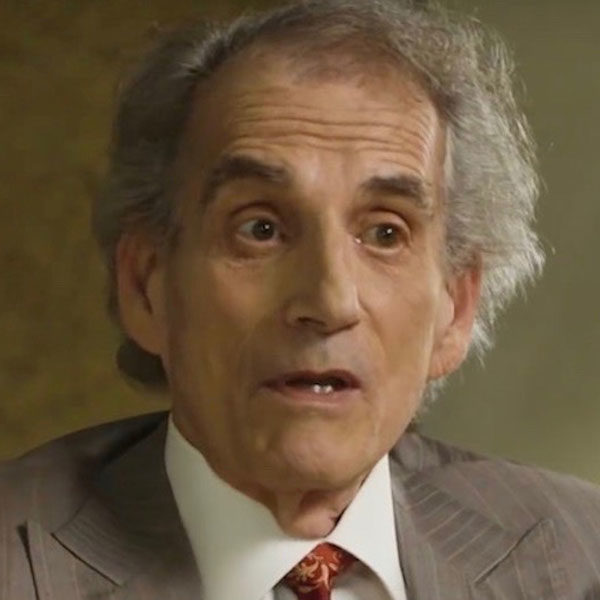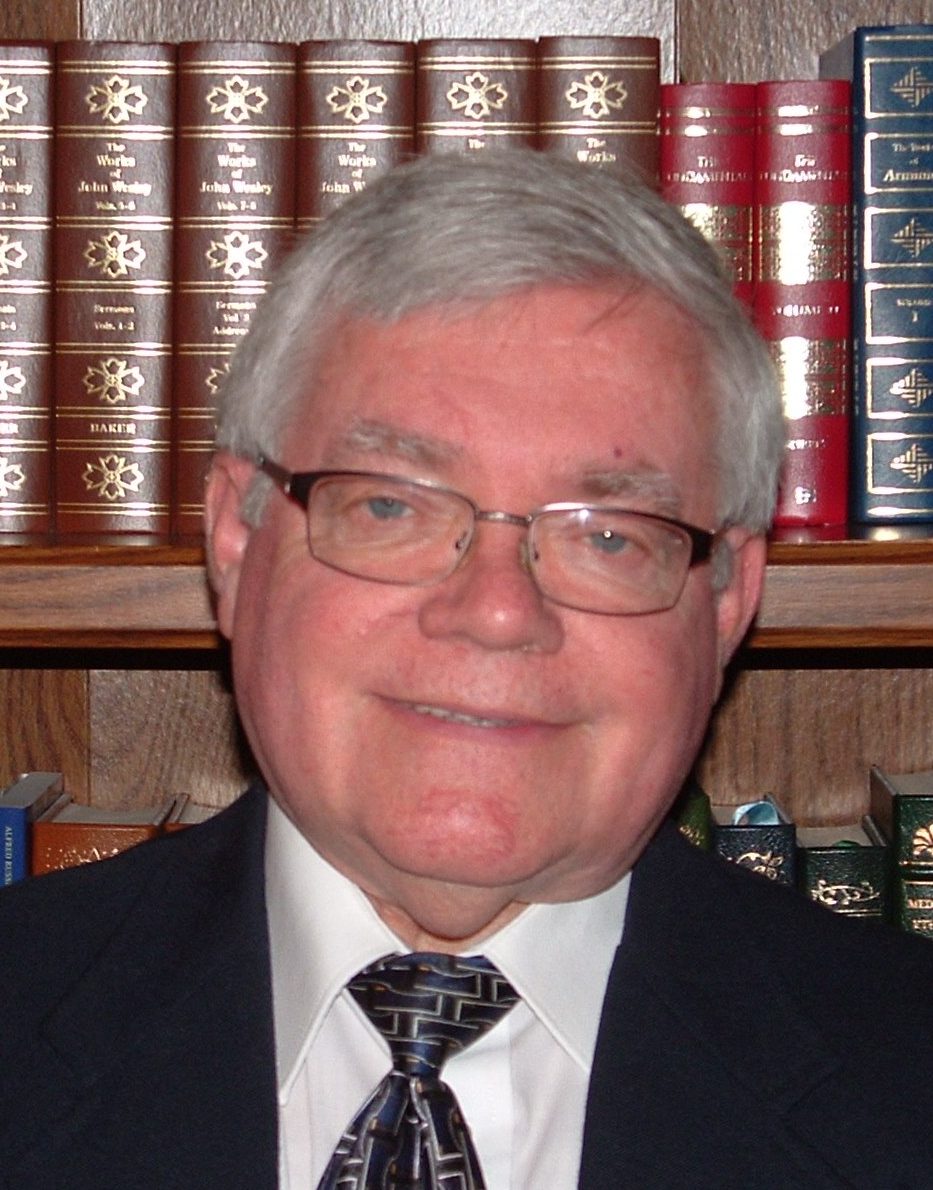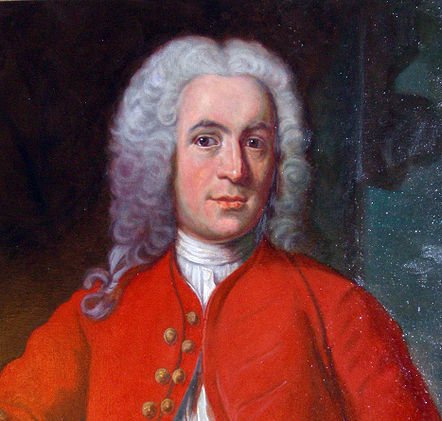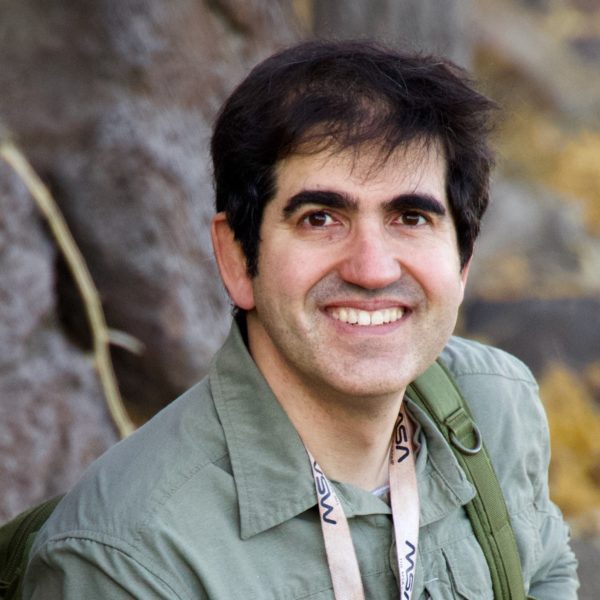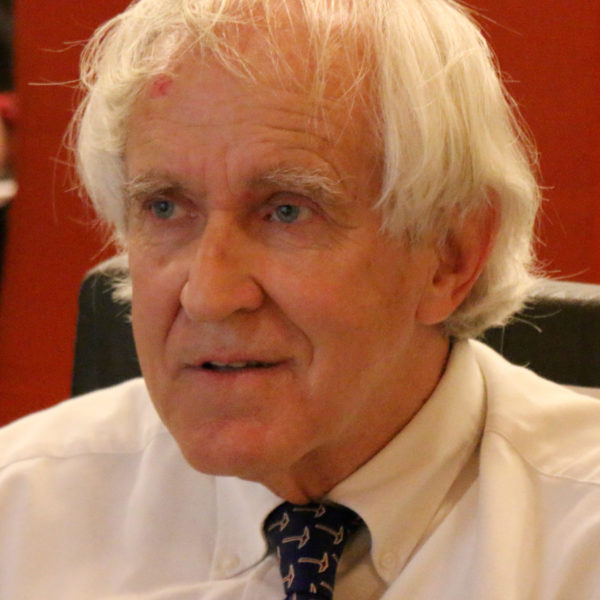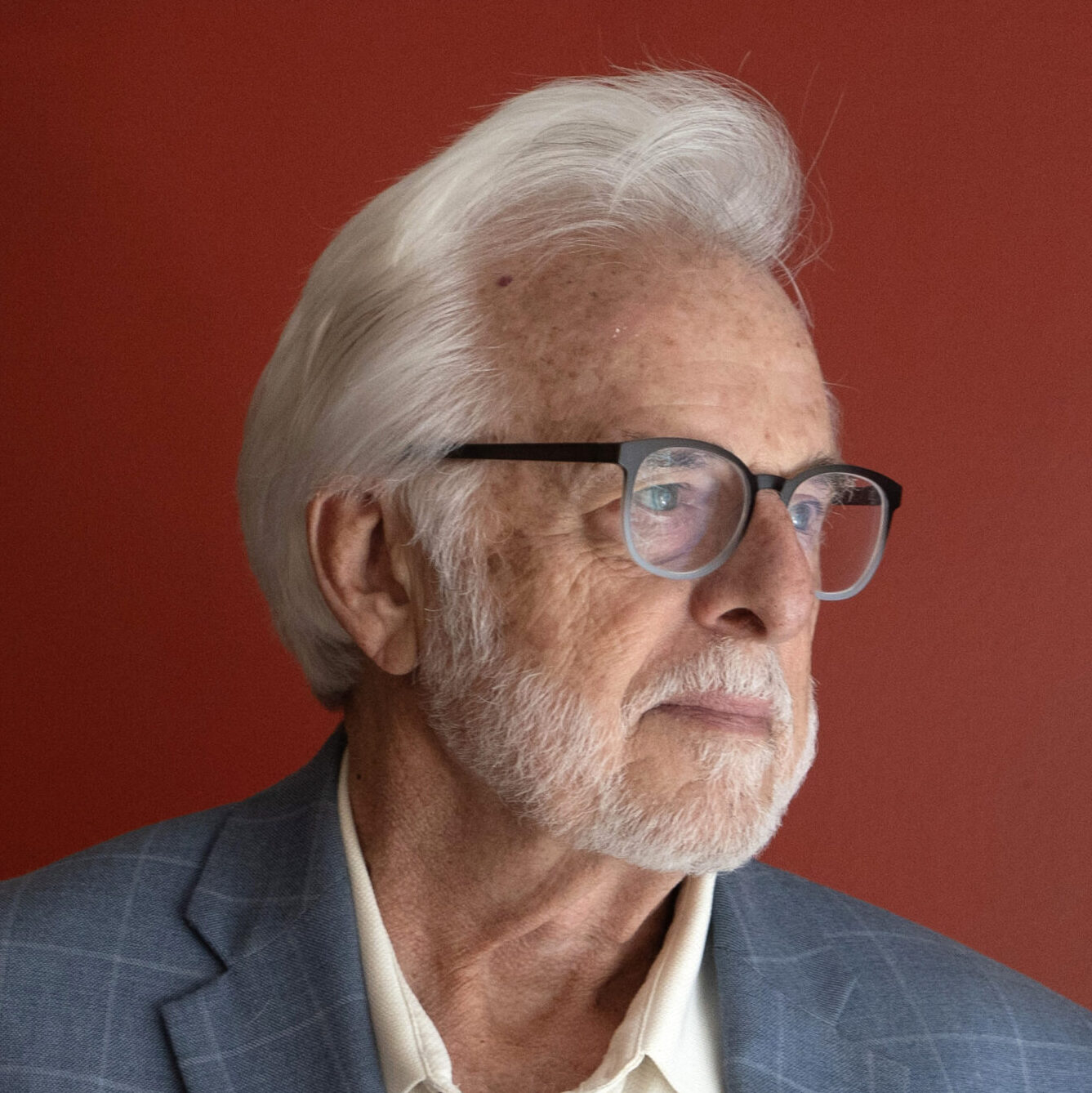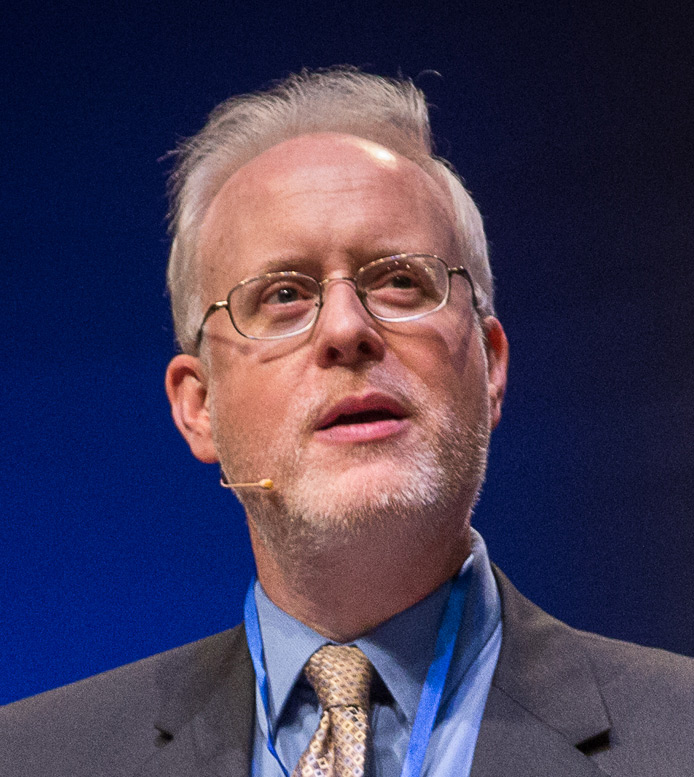The Nobel Prize for Physiology or Medicine for 2025 was awarded to three immunologists who discovered regulatory T cells and figured out how they prevent autoimmune diseases. Mary Brunkow, Fred Ramsdell, and Shimon Sakaguchi will share the coveted $1 million prize that the Nobel Committee announced on October 6 after the winners had been notified. Actually, Ramsdell missed the call because he was off-grid on a hiking trip in the northwest states at the time, but he learned about it from his wife soon after.
Sakaguchi, a researcher at the University of Osaka, Japan, was the first to discover in 1995 that a small population of T cells didn’t fit the paradigm. The Nobel Committee says that he had to think outside the box on the subject of immune tolerance:
Shimon Sakaguchi was swimming against the tide in 1995, when he made the first key discovery. At the time, many researchers were convinced that immune tolerance only developed due to potentially harmful immune cells being eliminated in the thymus, through a process called central tolerance. Sakaguchi showed that the immune system is more complex and discovered a previously unknown class of immune cells, which protect the body from autoimmune diseases. [Italics in original; bold added.]
He had discovered regulatory T cells, abbreviated Treg cells or Tregs, that monitor the other T cells on patrol attacking invaders. Without regulation, these cellular warriors could turn against the citizens — the body’s own cells. Nature explains,
Scientists had suspected that the immune system contained a built-in brake for decades, but had not been able to prove it. The discovery allowed researchers to isolate and work on regulatory T cells for the first time, and other research teams began to identify several types of regulatory T cell with different immune-suppressing properties.
Six years after Sakaguchi’s initial breakthrough Mary Brunkow from the Institute for Systems Biology in Seattle, and scientific adviser Fred Ramsdell from Sonoma Biotherapeutics in San Francisco, collaborated on work that revealed another clue. Nature continues,
Later, in 2001, Brunkow and Ramsdell discovered a mutation in the gene Foxp3 that caused fatal autoimmune disease in mice. They also showed that mutations in the human equivalent of this gene caused a rare genetic autoimmune disease. “It was really a molecular slog to get to that exact mutation, because it was just a very small genetic alteration that results in quite a profound change in the immune system,” said Brunkow in a telephone interview shortly after the prize announcement. “It takes a bunch of different brains all working on it together.”
In 2003, follow-up studies by Sakaguchi and his colleagues showed that Foxp3 is specifically expressed in regulatory T cells and is required for their development.
This Nailed the Conclusion
Treg cells, though only representing 1-2 percent of all T cells, act like army sergeants keeping their troops in line. Another immunologist likened them to an elite police force that are “highly effective at keeping everyone in order,” Nature says. The Committee explained why this regulation is important:
Every day, our immune system protects us from thousands of different microbes trying to invade our bodies. These all have different appearances, and many have developed similarities with human cells as a form of camouflage. So how does the immune system determine what it should attack and what it should defend?
Give Credit Where Due
In another Nature piece, Rachel Fieldhouse rightly pointed out that “These immune cells won Nobel fame” for their ability to dampen inflammation. Consider these cells’ abilities: The Nobel press release says they “monitor other immune cells and ensure that our immune system tolerates our own tissues.” A new pathway for research was born:
The laureates’ discoveries launched the field of peripheral tolerance, spurring the development of medical treatments for cancer and autoimmune diseases. This may also lead to more successful transplantations. Several of these treatments are now undergoing clinical trials.
Over 200 clinical trials are underway, Fieldhouse reports. The discoveries of the three laureates give hope to patients suffering from autoimmune diseases like lupus, rheumatoid arthritis, multiple sclerosis, and others. Additionally, knowledge of Tregs may help transplant patients avoid rejection by not letting the immune system go overboard when sensing someone else’s donated organ. “Cancer can also ‘hijack’ regulatory T-cells to help it escape the immune system,” Daniel Lawler and Julien Dury report in Medical Xpress. Although no drugs are yet available, the field is wide open for new treatment options thanks to the discovery of Tregs.
Foresight Gets the Nobel
The winners certainly earned the prize money and recognition for their diligent work to observe the symptoms in mice and understand how T cells are regulated. But when you think about it, they only got a new glimpse at what immune systems in humans have been doing ever since we first lived on earth.
What gave our bodies this ability to regulate their immune systems? What process foresaw the need for these “security guards” to manage the first responders? “Regulation” implies several things: sensors to detect and monitor populations of other entities, rules like “red lines” to determine when a threshold has been breached, and ability to perform the necessary response to prevent a crisis. Nature says that Tregs are multi-talented:
Regulatory T cells have more than a dozen molecular mechanisms to suppress the immune response. Sakaguchi’s work has included characterizing the different mechanisms and tools that these cells use, says Bucktrout. “We’re still discovering how they do it,” she adds.
The article includes a micrograph of two Treg cells interacting with an antigen-presenting immune cell, latching onto it from both sides like sergeants holding down a rogue soldier. Is that what they are doing? Do they have a dozen other jiu-jitsu moves to maintain order in the immune system? Or is their repertoire even more sophisticated than it first appears?
The Wonder of It All
We can expect many more discoveries from this new field of peripheral immune tolerance. In New Scientist, Helen Thomson interviewed immunologist Daniel Davis from Imperial College London. Davis was eager “to eradicate long-held myths and replace them with wonder at the complexity of the body’s defence system.” His motivation is part debunking and part awe:
In his new book Self Defence: A myth-busting guide to immune health, he sets out to challenge these misconceptions. Davis shows how, with each technological advance, such as using super-resolution microscopy to demonstrate how immune cells interact with their targets, the immune system’s mind-boggling complexity becomes more apparent.
At the end of the article, he adds, “If there’s anything that you get from studying the immune system, it’s just the wonder of how complex it is.” Read my article on super-resolution microscopy and how it is sharpening our view of intelligent design at the atomic level.
Standing in Awe
While we applaud Sakaguchi, Brunkow, and Ramsdell for winning the Nobel Prize this year, we, too, must stand in awe of the human immune system. The winners caught only glimpses of “mind-boggling complexity” that defends us against daily threats. I’m reminded of Michael Behe’s description of the blood-clotting cascade as a prime example of irreducible complexity. The immune system surely qualifies at that level — maybe even more.
So let us give credit where credit is due. When working properly, Tregs keep us protected from risks we don’t even sense as we live and work. A master engineering mind knew in advance that immune cells, talented as they are, need regulators to keep them from engaging in “friendly fire.” Mutations don’t make them; they break them! How do these blind regulators, traversing through the body, know where to go and what to do? Surely the reality is greater than scientists think even now. You can anticipate more exciting glimpses into “Your Amazing Body” as researchers continue “discovering how they do it.”


